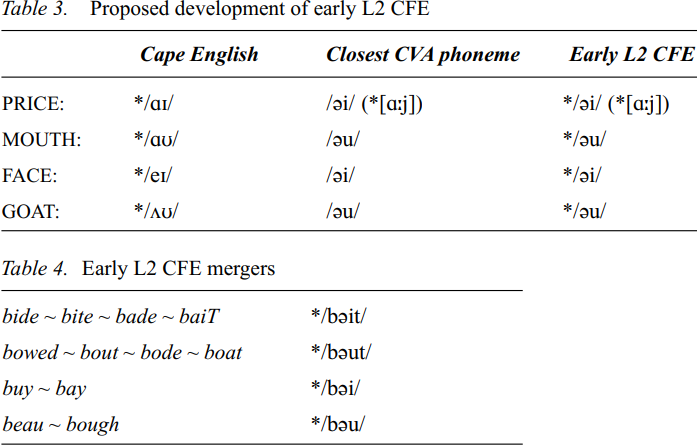

Grammar


Tenses


Present

Present Simple

Present Continuous

Present Perfect

Present Perfect Continuous


Past

Past Continuous

Past Perfect

Past Perfect Continuous

Past Simple


Future

Future Simple

Future Continuous

Future Perfect

Future Perfect Continuous

Passive and Active


Parts Of Speech


Nouns

Countable and uncountable nouns

Verbal nouns

Singular and Plural nouns

Proper nouns

Nouns gender

Nouns definition

Concrete nouns

Abstract nouns

Common nouns

Collective nouns

Definition Of Nouns


Verbs

Stative and dynamic verbs

Finite and nonfinite verbs

To be verbs

Transitive and intransitive verbs

Auxiliary verbs

Modal verbs

Regular and irregular verbs

Action verbs


Adverbs

Relative adverbs

Interrogative adverbs

Adverbs of time

Adverbs of place

Adverbs of reason

Adverbs of quantity

Adverbs of manner

Adverbs of frequency

Adverbs of affirmation


Adjectives

Quantitative adjective

Proper adjective

Possessive adjective

Numeral adjective

Interrogative adjective

Distributive adjective

Descriptive adjective

Demonstrative adjective


Pronouns

Subject pronoun

Relative pronoun

Reflexive pronoun

Reciprocal pronoun

Possessive pronoun

Personal pronoun

Interrogative pronoun

Indefinite pronoun

Emphatic pronoun

Distributive pronoun

Demonstrative pronoun


Pre Position


Preposition by function

Time preposition

Reason preposition

Possession preposition

Place preposition

Phrases preposition

Origin preposition

Measure preposition

Direction preposition

Contrast preposition

Agent preposition


Preposition by construction

Simple preposition

Phrase preposition

Double preposition

Compound preposition


Conjunctions

Subordinating conjunction

Correlative conjunction

Coordinating conjunction

Conjunctive adverbs


Interjections

Express calling interjection


Grammar Rules

Preference

Requests and offers

wishes

Be used to

Some and any

Could have done

Describing people

Giving advices

Possession

Comparative and superlative

Giving Reason

Making Suggestions

Apologizing

Forming questions

Since and for

Directions

Obligation

Adverbials

invitation

Articles

Imaginary condition

Zero conditional

First conditional

Second conditional

Third conditional

Reported speech


Linguistics

Phonetics

Phonology


Semantics


Pragmatics

Linguistics fields

Syntax

Morphology

Semantics

pragmatics

History

Writing

Grammar

Phonetics and Phonology

Semiotics


Reading Comprehension

Elementary

Intermediate

Advanced


Teaching Methods

Teaching Strategies
Afrikaans influence: Investigation
المؤلف:
Peter Finn
المصدر:
A Handbook Of Varieties Of English Phonology
الجزء والصفحة:
981-56
2024-06-01
1318
Afrikaans influence: Investigation
Research on CFE carried out by Finn (forthcoming) attempts to gain a better appreciation of how substratum effects can lead to language change in a situation of language shift, by taking better cognizance of the complex role of second-language acquisition processes – embodied in the concept of interlanguage that such a scenario implies.
Auditory analysis of audiotaped data collected in Cape Town indicates the existence in CFE of a type of ‘Canadian Raising’ (CR), whereby the onsets of closing diphthongs of the PRICE and MOUTH classes are centralized in pre-fortis environments but low elsewhere:

Trudgill (1986: 153–161) plausibly attributes the rise of CR in Canadian and other varieties of English to the reallocation, according to the phonetic principle of prefortis clipping, of low- and centralized-onset PRICE and MOUTH variants originating in different dialects of English. My claim is that the development of Canadian Raising in CFE similarly involved the interaction of variants originating in different varieties – but in this case the varieties were different distinct languages (English and Afrikaans), instead of varieties of the same language (English). It is proposed that the direct substitution of Afrikaans for English closing diphthongs in the early Afrikaans-English interlanguage adversely affected intelligibility, since quality and quantity contrasts required in the target language were not made, as the following tables make clear:

It is argued that the CR pattern arose after learners utilized L1 length distinctions between ‘pure’ diphthongs and vowel-glide clusters – a process necessarily involving reanalysis of L1 phonotactic restrictions. CVA word-final /ɑ:j/ more closely resembles Cape English word-final [ɒ:ɪ] than does /əi/, in terms of onset quality and quantity. Preferential substitution distinguishing BUY ~ BAY will provide the key to the wider merger problem – as long as learners violate their L1’s phonotactic rules by extending /ɑ:j/ substitution to cover not just word-final environments, but also pre-lenis ones (as in BIDE). Once this is achieved, BITE with [əi] will be clearly distinguished from BIDE with [ɑ:j] in terms not only of actual onset duration, but also of a CR-type difference in onset quality. It is proposed that the durational differential principle is then extended in turn to the MOUTH set, where a CR distinction is similarly set up, and then to the FACE and GOAT sets.
The evidence suggests CR in CFE is indeed an interlanguage feature – since no superior alternative explanations, such as local interaction of purely British English dialects, or of universal language principles, could be found. The presence of CR in all forms of CFE, as well as its continued salience at the latest stage of entrenchment as an L1 in cases of longer-term intergenerational shift from CVA, provides at least some support for the hypothesis that IL features can be shown to play a role in shift-induced language change.















 قسم الشؤون الفكرية يصدر مجموعة قصصية بعنوان (قلوب بلا مأوى)
قسم الشؤون الفكرية يصدر مجموعة قصصية بعنوان (قلوب بلا مأوى) قسم الشؤون الفكرية يصدر مجموعة قصصية بعنوان (قلوب بلا مأوى)
قسم الشؤون الفكرية يصدر مجموعة قصصية بعنوان (قلوب بلا مأوى) قسم الشؤون الفكرية يصدر كتاب (سر الرضا) ضمن سلسلة (نمط الحياة)
قسم الشؤون الفكرية يصدر كتاب (سر الرضا) ضمن سلسلة (نمط الحياة)

















